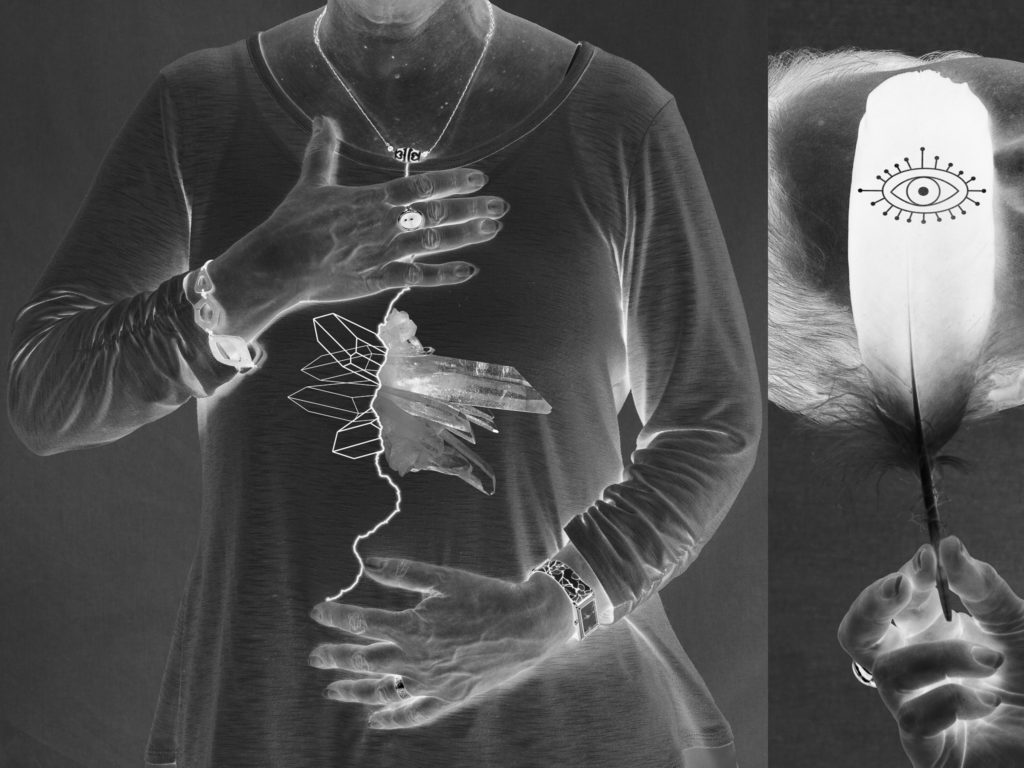(mental event 6:51, object-determining mental event 1:5)
ENGLISH
striving
SANSKRIT
chanda
TIBETAN
འདུན་པ་ (‘dun pa)
striving: pursuing an intended object
In the encounter between the primary mind and a particular object, the five object-determining mental events come into play.
Striving is also translated as “aspiration” and “interest.” It is wanting to attain a particular object and pursuing that specific object, like when there is something (like the 51 mental events) that one wants to study. There are three types of striving.
- striving that wishes to meet something
- striving that wishes not to be separate from something
- striving of pursuing something
The examples given by Acharya Sherab Gyaltsen are as follows:
- Striving to accumulate virtue in order to meet with happiness is an example of the first type of striving.
- Wishing not to separate from that happiness (which was attained through virtuous actions) is an example of the second type of striving.
- Wishing to attain supreme enlightenment for the sake of others (as well as for the sake of oneself) is an aspiration that seeks something, an example of the third kind of striving.*
* Developing bodhichitta is defined in Maitreya’s Abhisamayalaṃkāra as the wish to attain complete enlightenment for the sake of others.
















































































































































